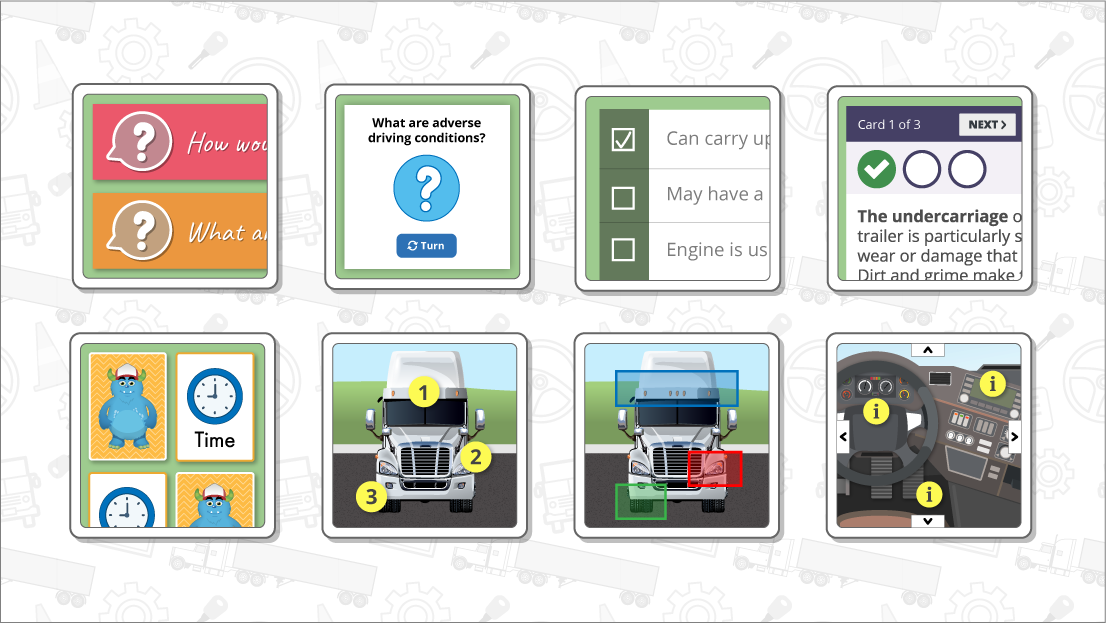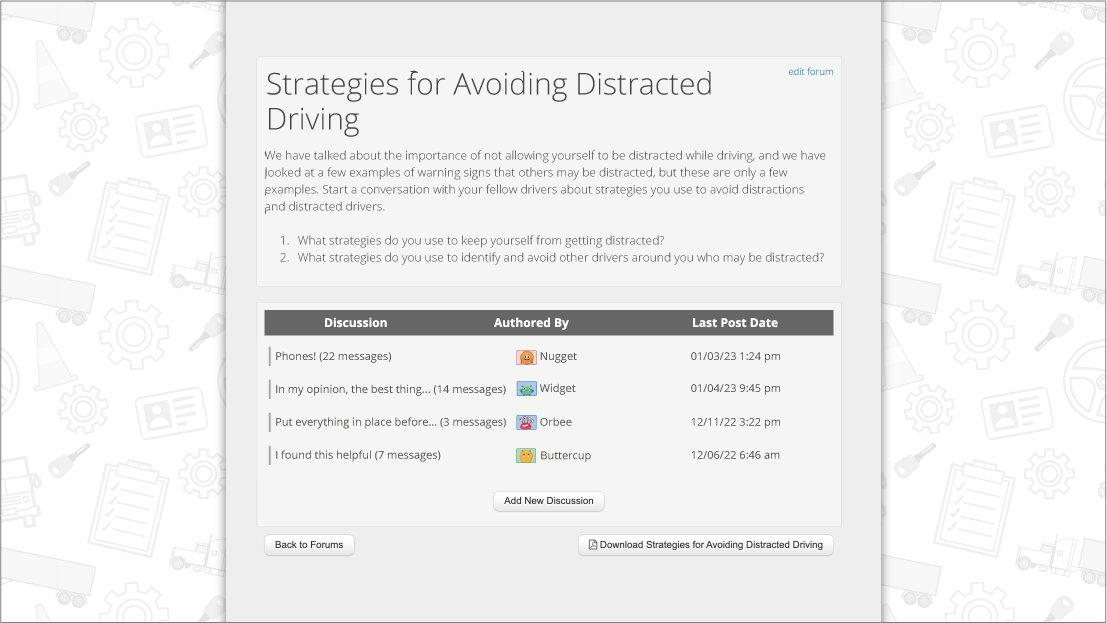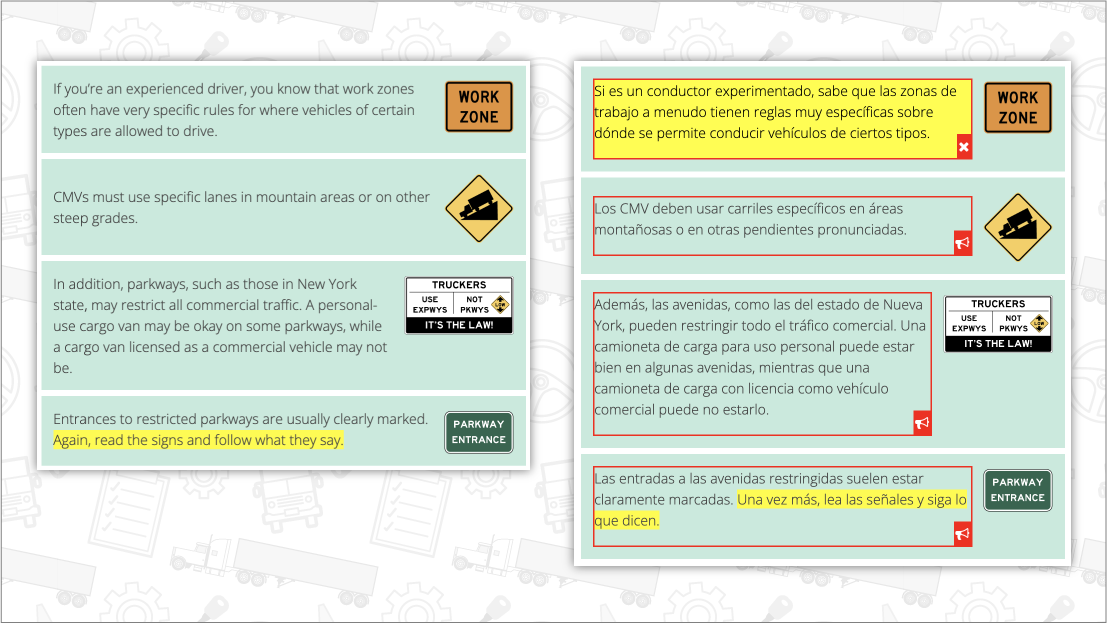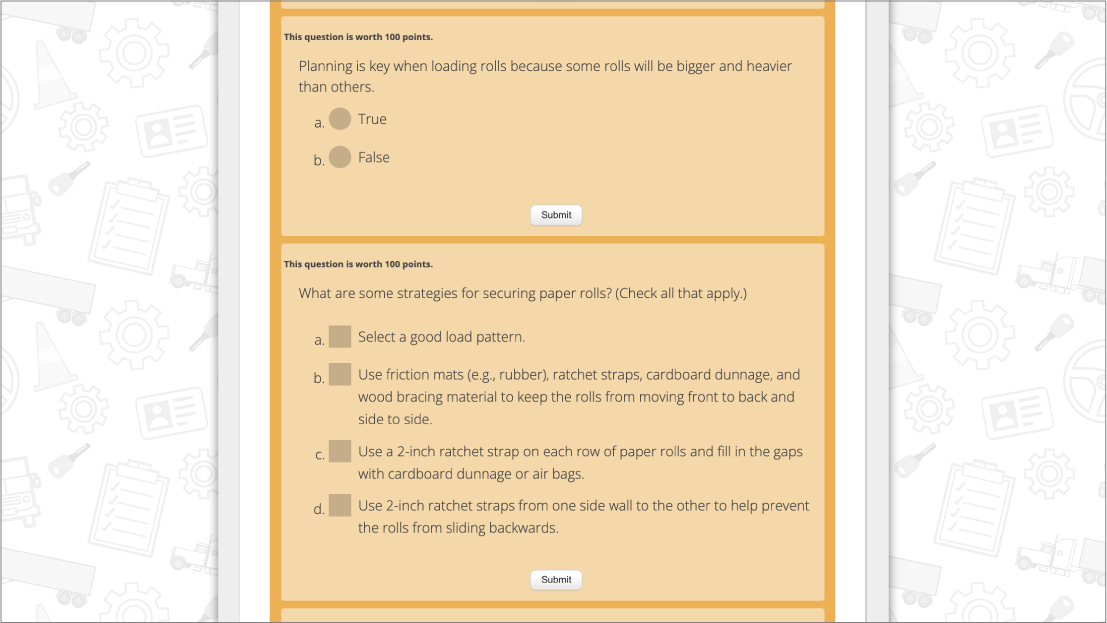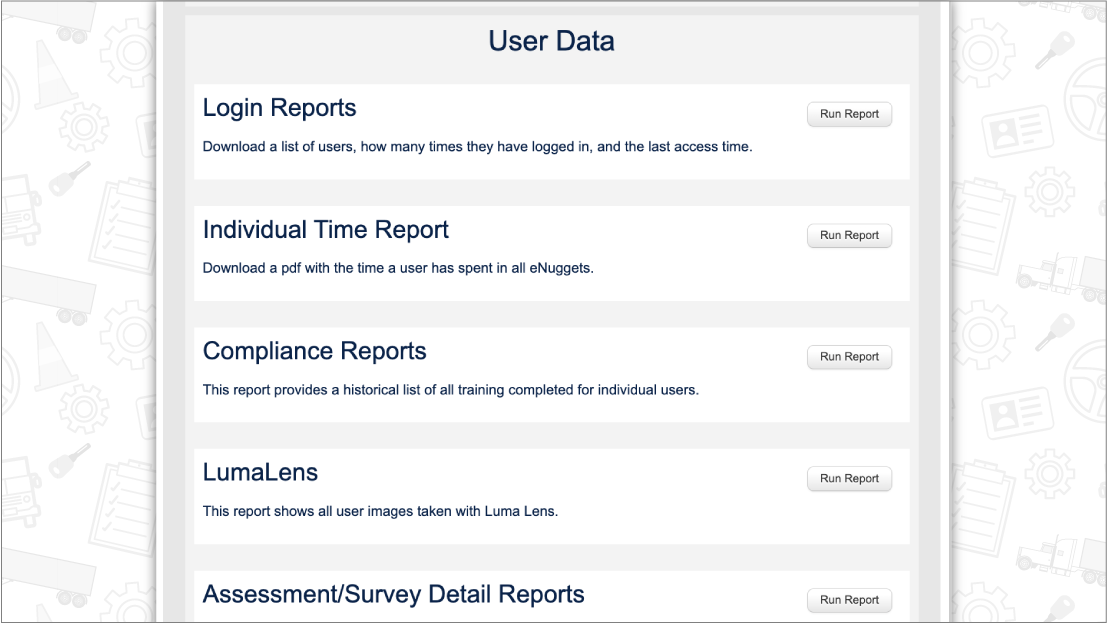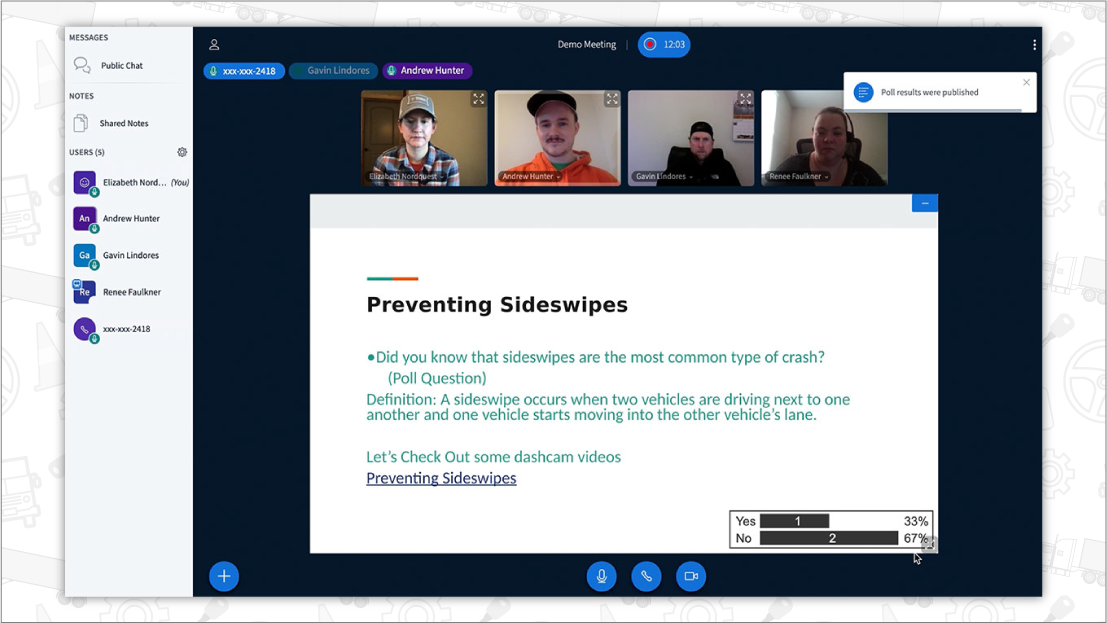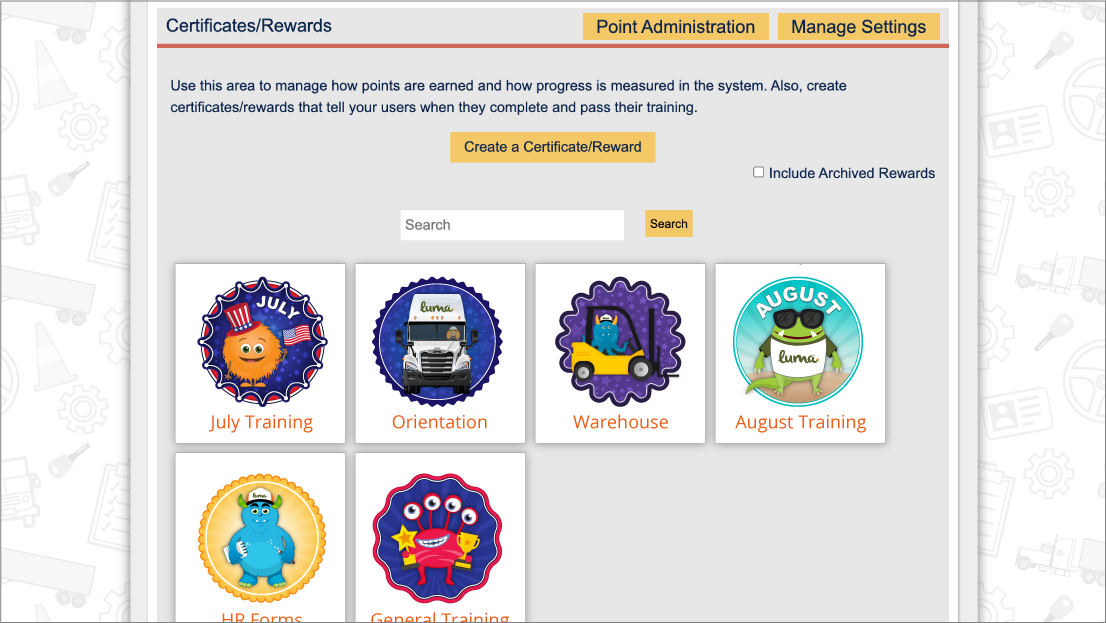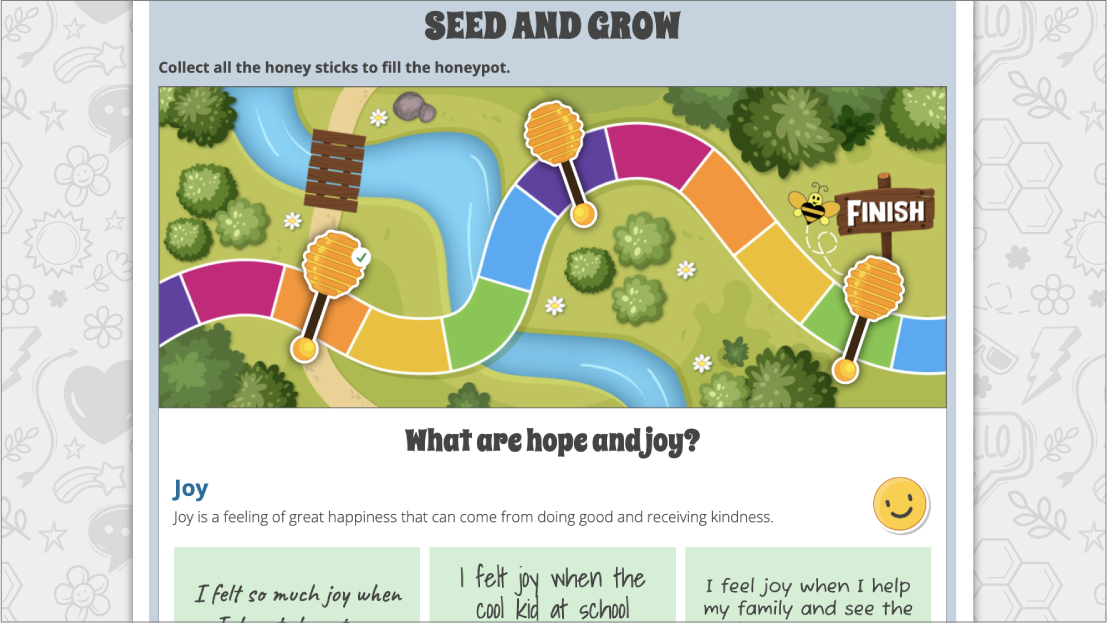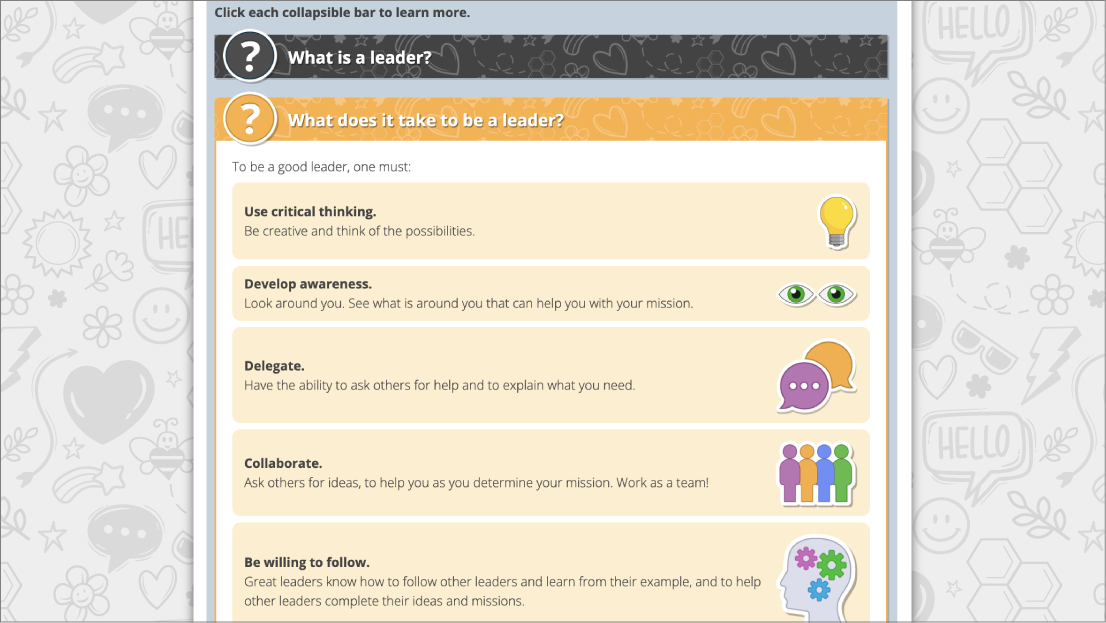
Back Injury Prevention Techniques
With COVID-19, many people continue to work from home. Are you sitting more at a desk? Is your back sore? It has been estimated that more than one million individuals suffer back injuries in the workplace every year. A vast majority of these injuries could be prevented by making some simple changes. This Learning Lesson provides some back injury prevention tips that might help!
 Have your heard? Our Learning Lessons have been collected into a book available for purchase on Amazon.com! Teaching Without A Teaching Degree: Luma Learning Lessons contains 52 lesson plans and worksheets with 106 different teaching strategies designed for the trucking industry that can easily be adapted to suit any age and content topic.
Have your heard? Our Learning Lessons have been collected into a book available for purchase on Amazon.com! Teaching Without A Teaching Degree: Luma Learning Lessons contains 52 lesson plans and worksheets with 106 different teaching strategies designed for the trucking industry that can easily be adapted to suit any age and content topic.Our free Luma Learning Lessons include objectives, estimated time, materials and instructional procedures for classroom and online/blended teaching. We will provide strategies on how to use our new LumaLive technology to collaborate virtually in real-time. We include these pillars from our learning research to illustrate where they are infused in our lessons.
Interaction Types
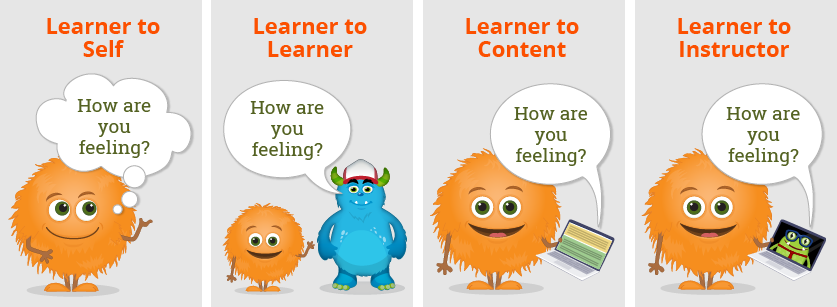
For decades there has been discussions of interaction types in education. (Anderson, 2003) Most interaction types observed in driver training traditionally are learner to instructor or learner to content. Moreover, most interaction time with driver training and orientation is synchronous or at the same time. This Learning Strategy is going to help you think about ways you can hold training without a physical classroom.
Interaction Time
The following Lesson is broken down into two different interaction times.

Objectives
|
||
Estimated Time60 minutes |
||
Materials
|
(or at the same time without a classroom)
- Meet in Luma Live or a similar technology.


 Do a poll: How many of you experience back pain today? {YES or NO} and publish the results.
Do a poll: How many of you experience back pain today? {YES or NO} and publish the results.

 Do a poll: How many of you have experienced back pain in the past? {YES or NO} and publish the results.
Do a poll: How many of you have experienced back pain in the past? {YES or NO} and publish the results.
 Ask the class, “write down 10 ways to prevent back injuries.” Give them 5-10 minutes to think on their own.
Ask the class, “write down 10 ways to prevent back injuries.” Give them 5-10 minutes to think on their own.
 Share with them the 10 Ways to Prevent Back Injuries eNugget® or 10 Ways to Prevent Back Injuries Handout.
Share with them the 10 Ways to Prevent Back Injuries eNugget® or 10 Ways to Prevent Back Injuries Handout.

 Discuss with them each point and ask if they had any differences.
Discuss with them each point and ask if they had any differences.

 Read the scenario cards that are posted in Back Injury Prevention eNugget® and have the learners consider their choice. You can set up poll questions and have them choose. If you do not have access to the Back Injury Prevention eNugget®, create scenario cards that are applicable to your workplace and have them decide on solutions.
Read the scenario cards that are posted in Back Injury Prevention eNugget® and have the learners consider their choice. You can set up poll questions and have them choose. If you do not have access to the Back Injury Prevention eNugget®, create scenario cards that are applicable to your workplace and have them decide on solutions.
(or not at the same time)

 Send out the Back Injury Prevention eNugget® or similar online content.
Send out the Back Injury Prevention eNugget® or similar online content.
 Consider adding scenarios that are applicable to your workplace.
Consider adding scenarios that are applicable to your workplace.

 Set up a discussion board with the following questions.
Set up a discussion board with the following questions.
Choose a question to respond to.
a. Is there a strategy or tip that resonates with you that you are going to use to help you prevent back injuries?
b. What questions do you still have about Back Injury Prevention?
Reference:
Anderson, T. (2003). Modes of interaction in distance education: Recent developments and research questions. Handbook of distance education, 129-144.

 Luma® is a learning and instructional design company that is always coming out with new training topics. Need something specific? Give us a call at (574) 807-8148 ext 5 or email
Luma® is a learning and instructional design company that is always coming out with new training topics. Need something specific? Give us a call at (574) 807-8148 ext 5 or email 